'I have lost a treasure, such a sister, such a friend as never can have been surpassed': Inside Jane Austen's Winchester home where she penned her final words and drew her final breath
Jane Austen spent the last days of her life in rented lodgings in Winchester, Hampshire. Adam Rattray describes the remarkable recent discoveries made about the house in which she died.
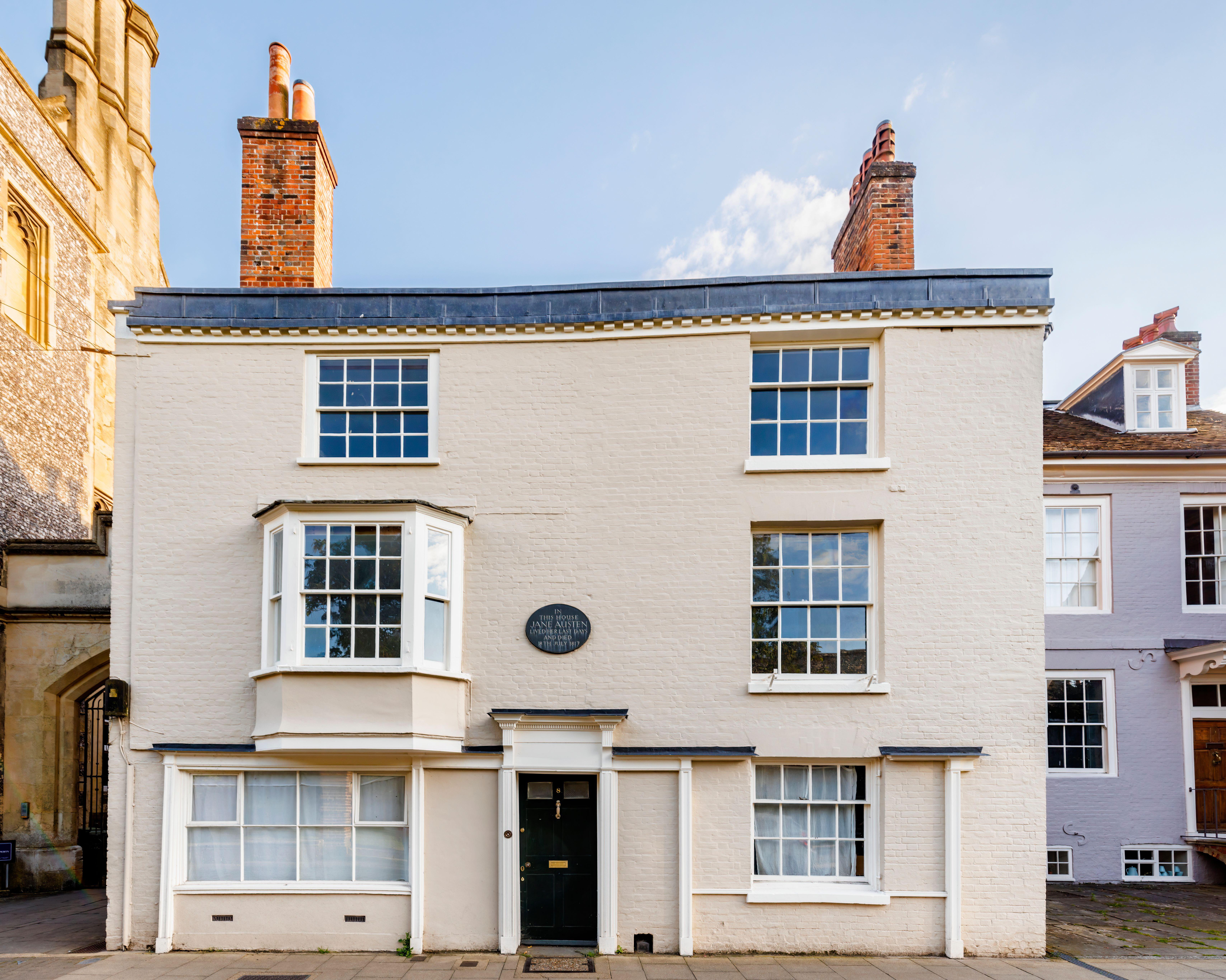
On May 24, 1817, Jane Austen left Chawton, Hampshire, in the company of her sister Cassandra, her brother Henry and her nephew William. A cottage in the village — now Jane Austen’s House museum — had been her home since 1809.
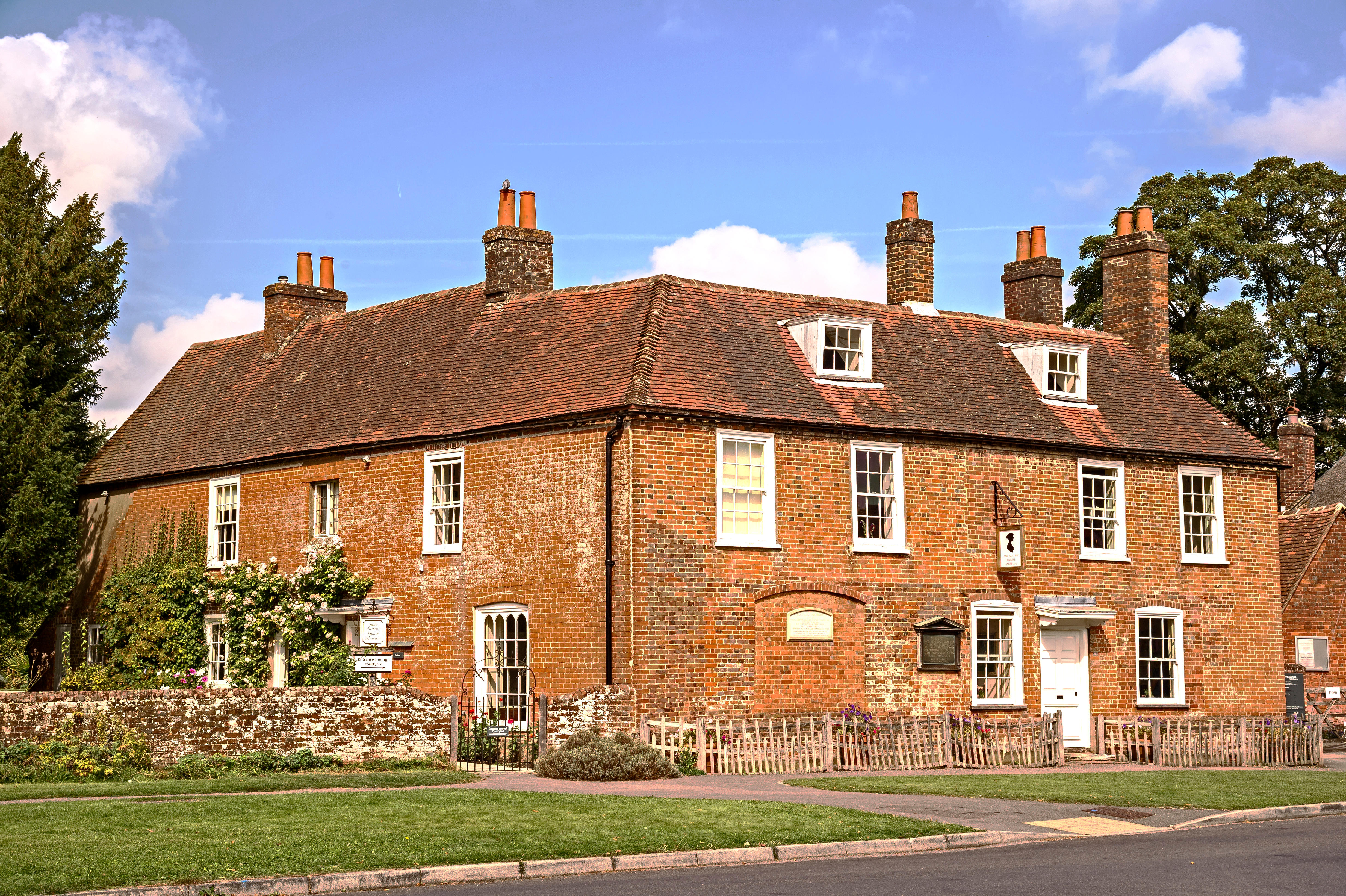
Austen's home in Chawton, where she lived for eight years of her life.
Their destination was No 8, College Street, Winchester, a lodging house, from where Jane would seek medical treatment from a well-known physician, Giles King Lyford. He was surgeon-in-ordinary at the nearby county hospital and his treatment had already alleviated the suffering of her illness. Consequently, she explained in a letter to her friend Anne Sharp on May 22, 1817, ‘Instead of going to Town to put myself in the hands of some Physician... I am going to Winchester instead, for some weeks to see what Mr Lyford can do further towards re-establishing me in tolerable health.’
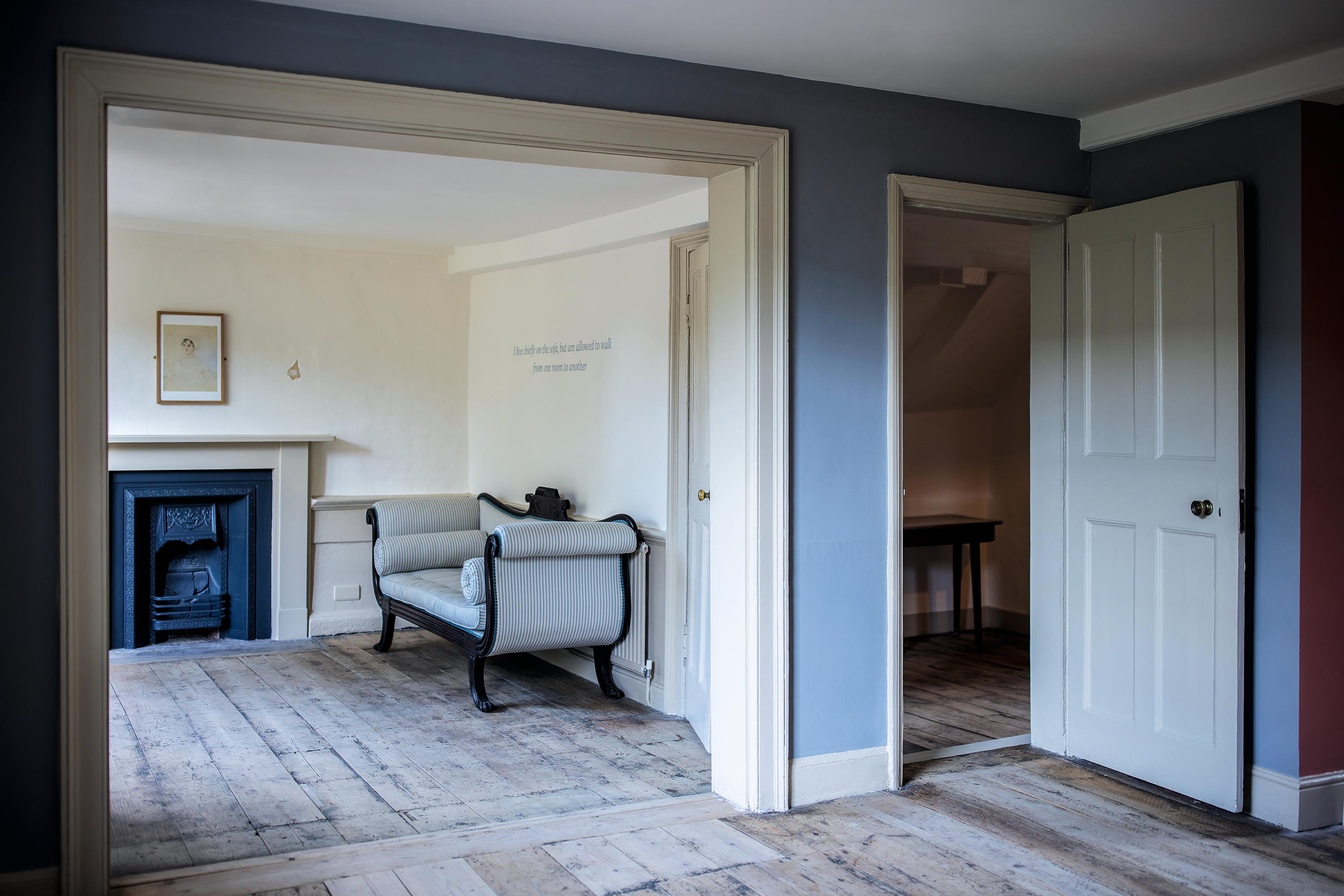
The two front rooms, once divided by a wall, have been repainted in what is thought — according to the evidence of scrapes — to be their early-19th-century colours.
The task of securing lodgings in Winchester had fallen to Jane’s old friend Elizabeth Heathcote, née Bigg, who lived in the cathedral close near her sister, Alethea. Both sisters had long overcome the disappointment of Jane’s rejection of their brother, Harris Bigg-Wither, even if their one-night engagement in December 1802 must have caused a few moments of awkwardness.
As friends who wrote openly to each other, they would also have been aware of Jane and Cassandra’s limited means when finding them lodgings and, in his posthumous biography of his aunt, James Edward Austen-Leigh gratefully records that Mrs Heathcote and Alethea ‘did all that they could to promote the comfort of the sisters, during that sad sojourn in Winchester, both by their society, and by supplying those little conveniences in which a lodging-house was likely to be deficient’.
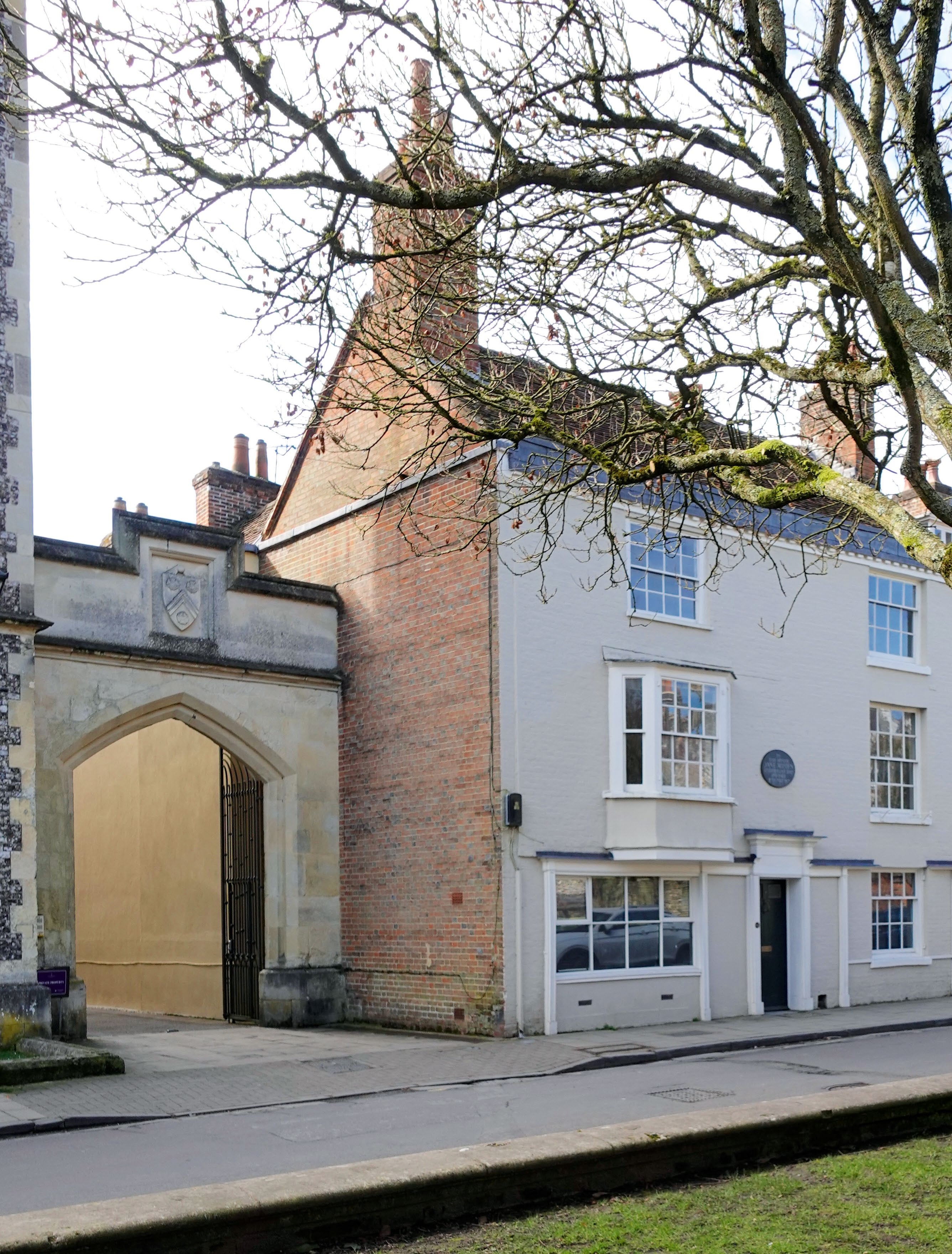
The house on College Street today, with its first-floor bow and memorial plaque.
'She was the sun of my life, the gilder of every pleasure, the soother of every sorrow'
Sadly, little is known of the landlady at No 8, a Mrs David, nor the services she provided the Austens, only that she was variously a leaseholder and rentier of other houses on College Street, Nos 9 and 10. In a letter of May 27, Jane spoke warmly of the lodgings. ‘We have a neat little drawing-room with a bow window overlooking Dr Gabell’s garden,’ she explained. Dr Gabell was the headmaster of Winchester College and the reference to bow — which still survives at first-floor level, overlooking a small garden to the front of the house across the road — clearly identifies this interior. It’s possible that Jane died in this room, but there is no authoritative evidence on this point.
It’s not known for certain what the 41-year-old author was suffering from, but Hodgkin’s disease, Addison’s, the autoimmune disease lupus, even arsenic poisoning have been suggested. What is certain is that the symptoms were severe. Even so, a few months before her death, in a letter to her niece Fanny Knight, in March 1817, Jane would mask with breezy optimism what was probably a humiliating and certainly a disfiguring condition: ‘I am considerably better now and am recovering my looks a little, which have been bad enough, black and white and every wrong colour. I must not depend on being ever very blooming again. Sickness is a dangerous Indulgence at my time of Life.’
Jane’s blotched appearance — combined with chronic pain and extreme fatigue — might partially explain why in correspondence she describes her time in No 8, College Street as mostly spent indoors. ‘I live chiefly on the sofa, but am allowed to walk from one room to the other. I have been out once in a sedan chair, and am to repeat it, and be promoted to a wheel-chair as the weather serves.’ It is unlikely her hopes were fulfilled.
Exquisite houses, the beauty of Nature, and how to get the most from your life, straight to your inbox.
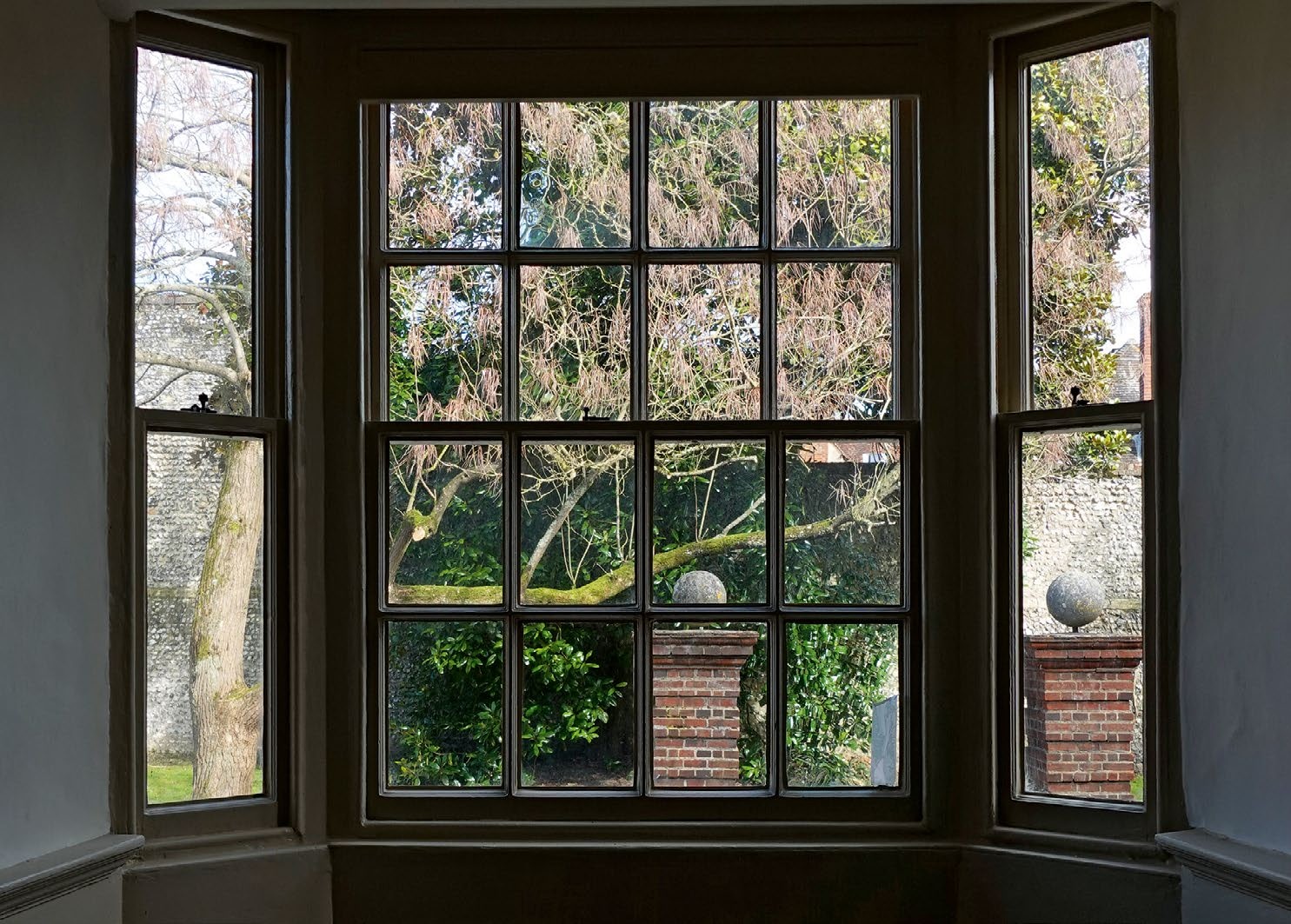
The bow window, then overlooking the garden of headmaster Dr Gabell, that is mentioned in Jane’s letters. Cassandra watched her funeral procession from here.
'No 8 is a strange-looking building of awkward proportions and complex history'
Jane died on July 18, 1817, her head on a pillow on Cassandra’s lap, just before sunrise, having fallen unconscious from a seizure the previous evening. Her sister writes: ‘During that half-hour was her struggle, poor soul! She said she could not tell us what she suffered, though she complained of little fixed pain. When I asked her if there was anything she wanted, her answer was she wanted nothing but death, and some of her words were: “God grant me patience, pray for me, oh, pray for me!” Her voice was affected, but as long as she spoke she was intelligible.’
Her practical sister-in-law, Mary, records the event rather more prosaically: ‘Jane breathed her last half after four in the morning. Only Cass and I were with her. Henry came.’ By contrast, Cassandra was thrown into deep despair. In a moving tribute to her sister, far more poignant than the memorial inscription written by her elder brother Henry for Jane’s tombstone in Winchester Cathedral, she said: ‘I have lost a treasure, such a sister, such a friend as never can have been surpassed. She was the sun of my life, the gilder of every pleasure, the soother of every sorrow; I had not a thought concealed from her, and it is as if I had lost a part of myself.’
For Jane’s funeral service the following week, there were only four mourners: three of her brothers — Edward, Henry and Francis — and her nephew James Edward Austen. As was customary for Regency women of her class and background, Cassandra was not present at the burial, but she did see the coffin leave the house for the neighbouring cathedral. ‘I watched the little mournful procession the length of the Street & when it turned from my sight & I had lost her for ever — even then I was not overpowered, nor so much agitated as I am now in writing of it.’
Jane was not a well-known writer during her lifetime. Only four of her six novels were published before she died — Sense and Sensibility (1811), Pride and Prejudice (1813), Mansfield Park (1814) and Emma (1815) — and all these anonymously. Yet to the very last Jane was writing. Days before her death she dictated a short, humorous poem, Venta, archly proposing that the horse races held annually in July at Winchester had so irritated the local saint, Swithun, that he sent rain as punishment.
By contrast, today she enjoys international recognition and an acknowledged place as one of the towering figures of English literature. Morning and afternoon, tourists can be found milling around No 8 College Street, perhaps hoping for a sense of the great novelist by getting close to where she died. They can see a commemorative plaque over the front door, but the house has never been opened to the public, until this year.
No 8 is a strange-looking building of awkward proportions and complex history. It is in origin a modest 17th-century house and, before its brief occupation by the Austen family, was twice remodelled during the 18th century. On one of these occasions, in about 1750, a substantial extension was built to the rear. Subsequent to its use as a lodging house, the building became a confectionary shop in 1843 and was remodelled internally. A new stair was installed to create a larger shop floor and a broad ground-floor window was inserted to light the interior.
In 1893, the house was purchased by Winchester College. It was initially rented out commercially and some further changes were made to the fabric in the 1930s. It was subsequently used as teachers’ accommodation until 2021. Nevertheless, institutional parsimony has left many historic mouldings, doors, windows and floorboards intact.
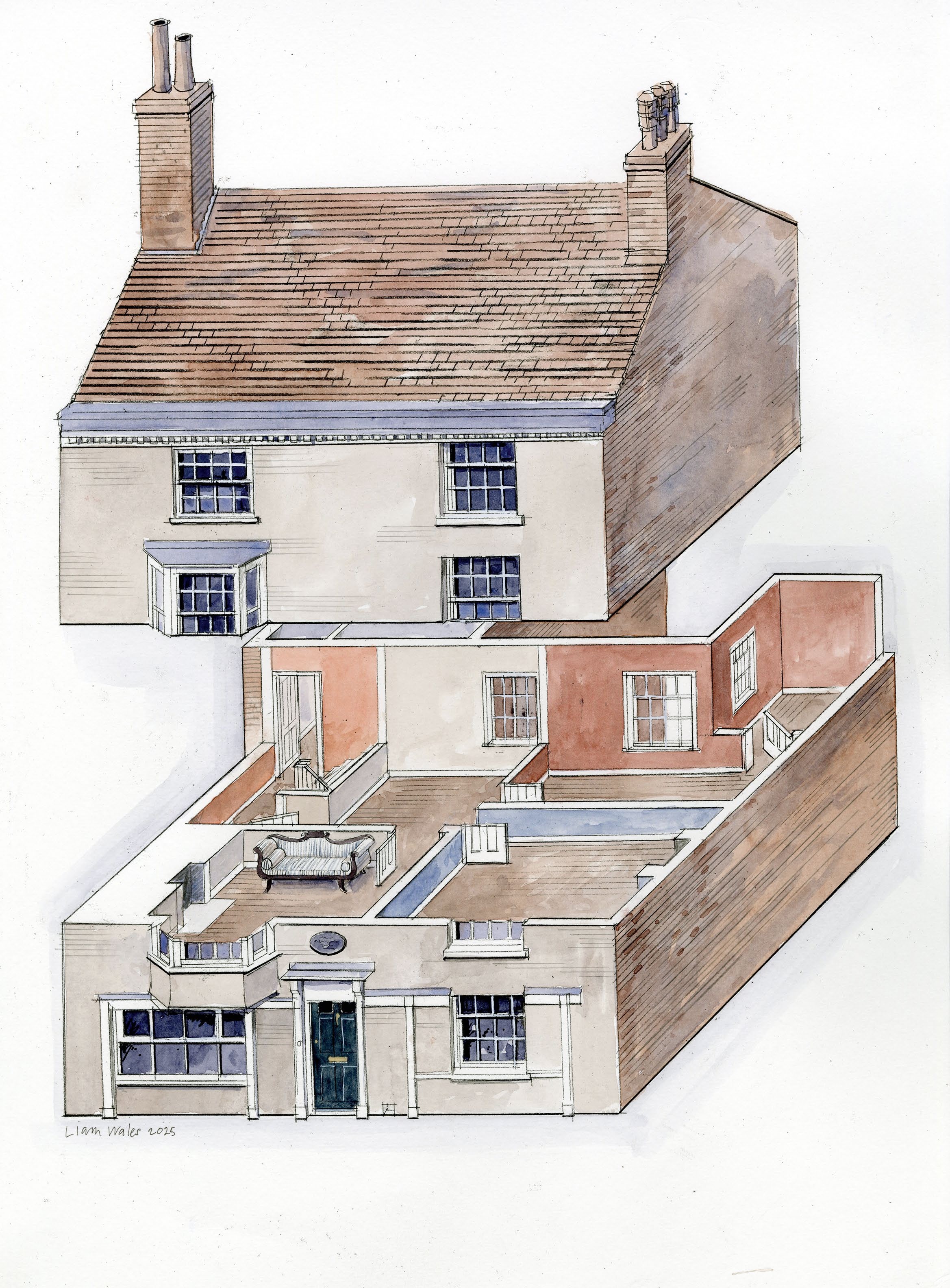
A cutaway of the house showing the internal arrangements and wall colours of the lodging as they were in 1817.
To help with the recent repairs, a team of specialists, including Jeremy Musson, Dr Adam Menuge and Charles Brooking, has unpicked the architectural development of the building. It had been assumed that during the Regency period there were two principal rooms at the front of the house at first-floor level and that the Austens had rented these, probably together with the whole first-floor extension to the rear.
In fact, an exciting day of paint scraping combined with a detailed examination of the fabric revealed that, in Jane’s day, there had been four separate rooms at the front of the first floor, forming a complete lodging accessed from a central staircase landing . The likelihood, in other words, is that the sisters lived in quite confined circumstances.
The accompanying reconstruction drawing illustrates the configuration of rooms in 1817. Despite extensive changes, the interior still vividly conveys an impression of the scale of the lodgings in which Jane spent her final days walking ‘from one room to the other’. Added to which, the modern visitor can stand in the bay window on the first floor, looking, as Jane did, over the headmaster’s garden across the street. A limited opening of the rooms — already sold out — has been organised to coincide with the 250th anniversary of Jane’s birth on December 16 later this year. Winchester College, however, is hosting a range of other events to mark the occasion. There is also a free exhibition in the college museum (until December 14).
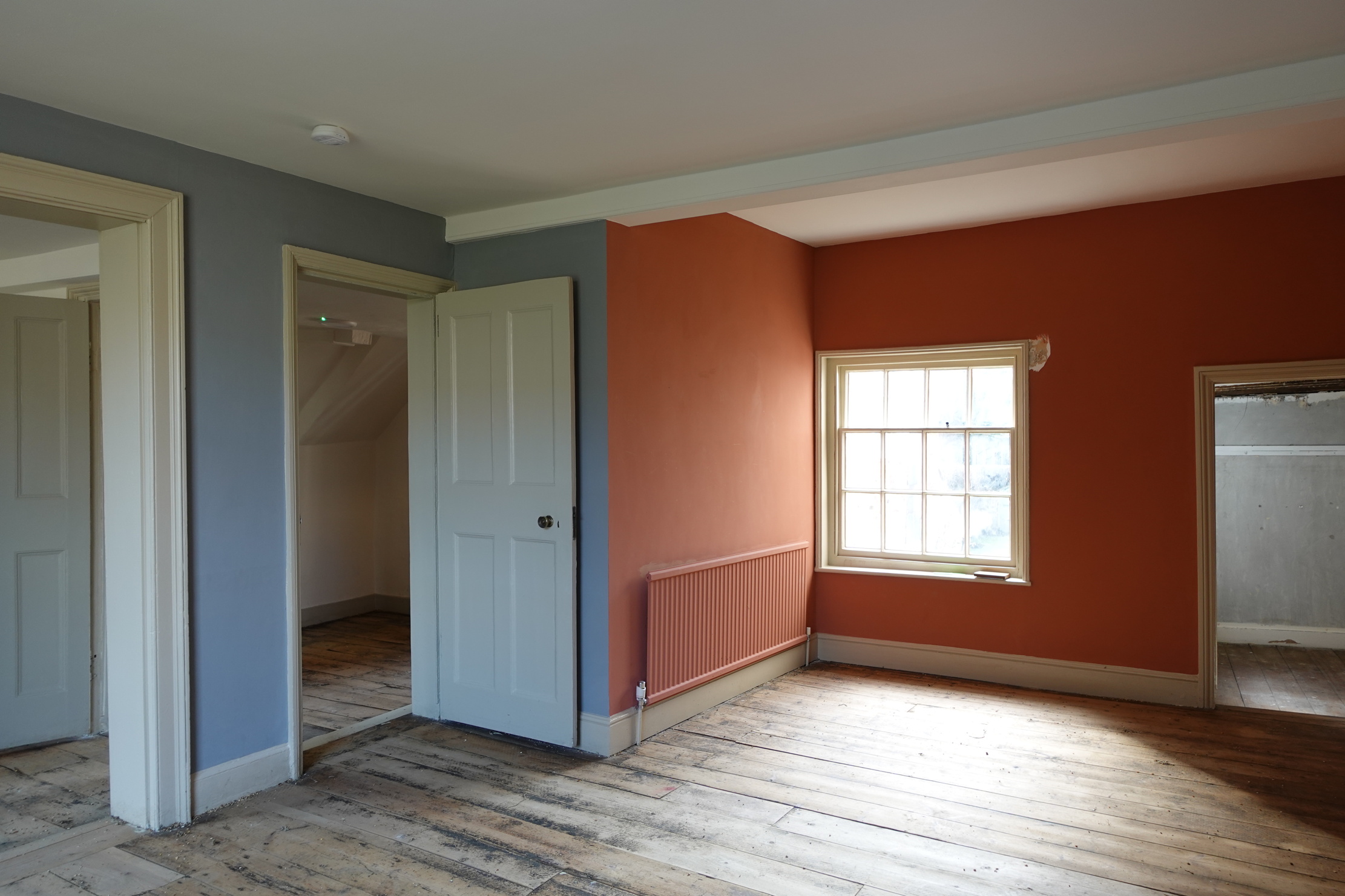
The back rooms of the lodging. The staircase at this level has been reconfigured, changing the arrangement of the interior.
'The interior vividly conveys an impression of the scale of the lodging in which Jane spent her final days'
Trying to create the atmosphere of No 8 as Jane would have known it has been a primary aim of the works. Floors covered in carpet adhesive have been scrubbed with sharp sand to reveal the patina beneath. Wall colours have been matched using paints in the main rooms supplied by historic-paint consultant Edward Bulmer. Carpenters have made neat repairs to the fabric and there has been much careful hand-and-knees work.
For the short opening, however, a Regency sofa will be installed. In what was undoubtedly an austere, rented interior, it is the only piece of furniture that is explicitly mentioned. Through this article, it is hoped to extend an understanding of the rooms that Jane knew for the last two months of her life beyond the small circle of those who will be fortunate enough to visit them in person.
Click here for more information about Jane Austen's house and to book tickets
Adam Rattray is head of Art History at Winchester and Director of the Friends. Previously, he studied History and History of Art at the University of Bristol and Cambridge and then worked in the commercial art world for the fine art dealers Wartski and Christie’s Auctioneers.
-
 A vineyard for sale on the slopes above 'the best beach in Britain' is for sale at just £650,000
A vineyard for sale on the slopes above 'the best beach in Britain' is for sale at just £650,000In the beautifully unspoilt Devon village of Bantham, an award-winning vineyard is for sale. Toby Keel takes a look.
-
 The sun will come out for the Country Life Quiz of the Day, November 14, 2025
The sun will come out for the Country Life Quiz of the Day, November 14, 2025Try your luck at today's quiz.
-
 Only a handful of Britain's great houses were photographed by Country Life in a ruinous state. This once splendid Gothic castle is one of them
Only a handful of Britain's great houses were photographed by Country Life in a ruinous state. This once splendid Gothic castle is one of themThis is the tragic tale of Tong Castle, a once great Georgian-Gothic castle that was eventually consumed by Nature.
-
 The Rococo jewel nestled into vineyard terraces that's a visual index of 'a king’s Enlightenment belief in knowledge, cultivation and the civilising power of Nature'
The Rococo jewel nestled into vineyard terraces that's a visual index of 'a king’s Enlightenment belief in knowledge, cultivation and the civilising power of Nature'A summer picnic in 1743 prompted Frederick the Great to create a retreat for himself outside his capital at Berlin. The result was the creation of Schloss Sanssouci in Brandenburg, as Aoife Caitríona Lau explains.
-
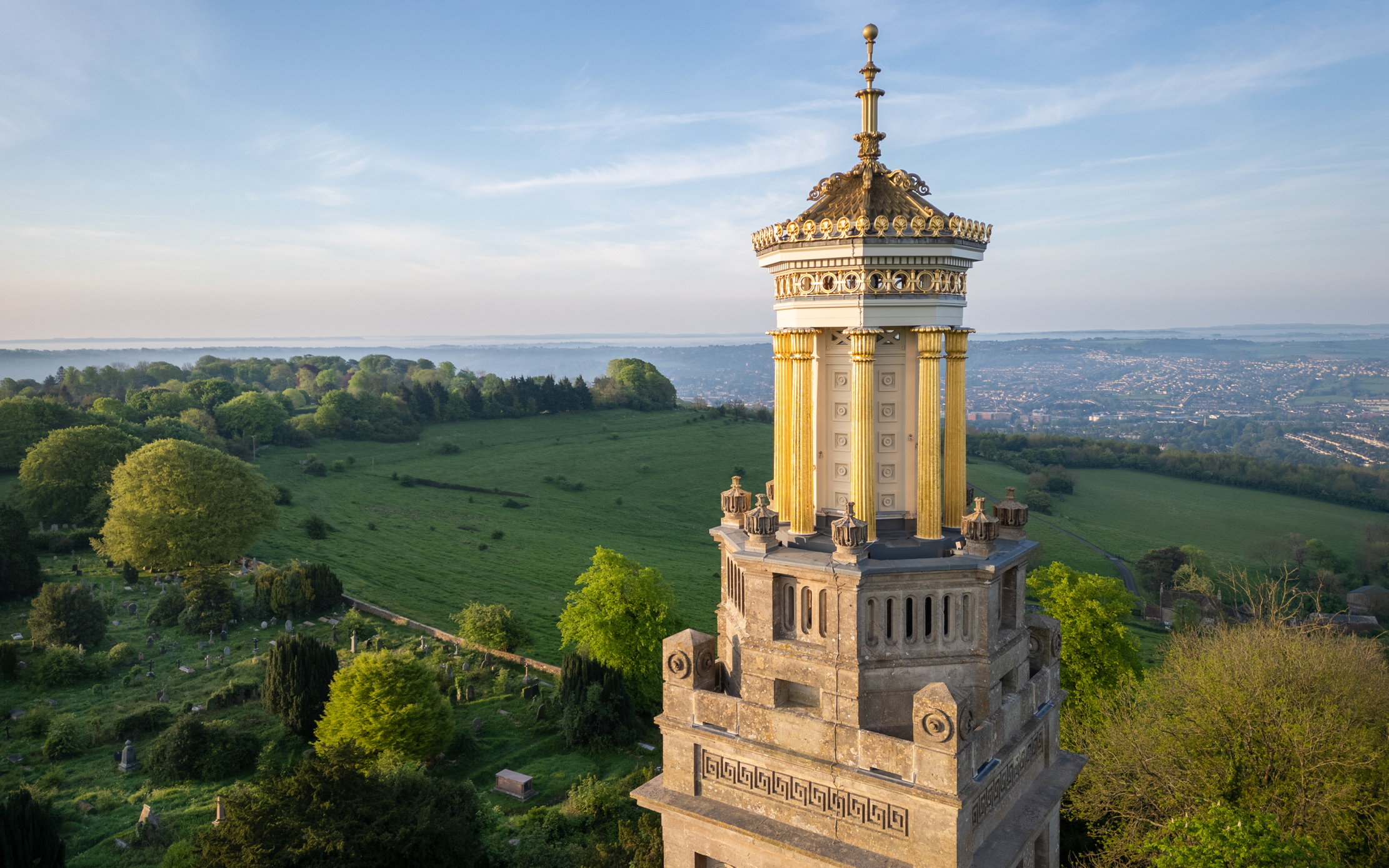 Best in class: This year's Georgian Group Architectural Award winners revealed
Best in class: This year's Georgian Group Architectural Award winners revealedThe Georgian Group’s Architectural Awards, sponsored by Savills, attracted another outstanding crop of entries this year. We reveal the winners, as chosen by a panel of judges chaired by Country Life's Architectural Editor, John Goodall.
-
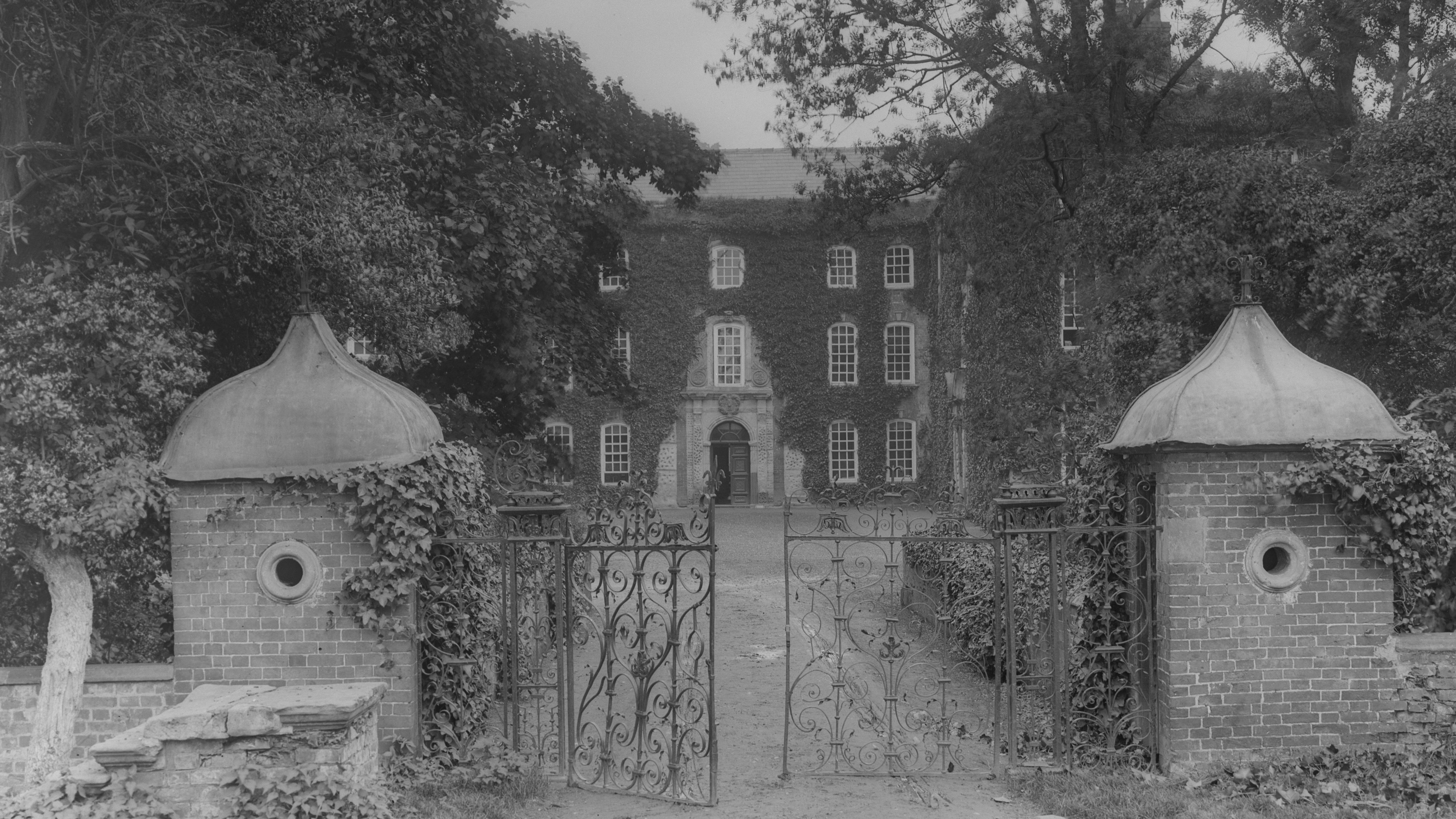 The rise, fall, rise and eventual demolition of a Welsh wonder with an intriguing link to the Duke of Westminster
The rise, fall, rise and eventual demolition of a Welsh wonder with an intriguing link to the Duke of WestminsterMelanie Bryan delves into the Country Life archives and the history of one of Wales’s most extraordinary manor houses.
-
 Exclusive: The House of Commons as you've never seen it before, 75 years on from reopening following its destruction during the Blitz
Exclusive: The House of Commons as you've never seen it before, 75 years on from reopening following its destruction during the BlitzThis year marks the 75th anniversary of the reopening of the House of Commons following the destruction of its predecessor in 1941 during the Blitz. John Goodall reports; photographs by Will Pryce.
-
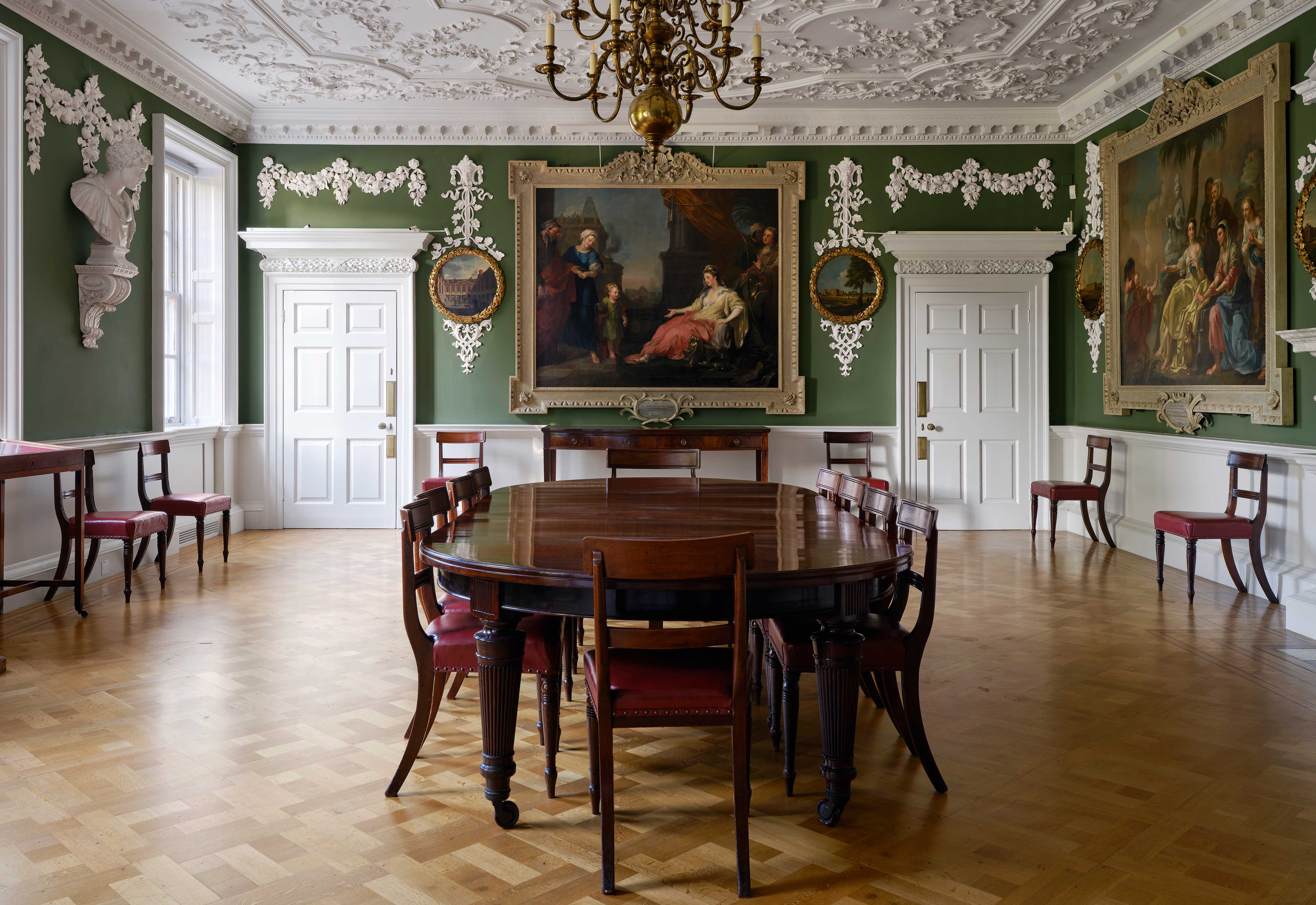 'A bluff, honest man in the trappings of greatness': The extraordinary story of the Foundling Hospital, and the sailor who saved the abandoned children of London
'A bluff, honest man in the trappings of greatness': The extraordinary story of the Foundling Hospital, and the sailor who saved the abandoned children of LondonA remarkable charitable endeavour to save abandoned children on the streets of London has a touching legacy in the form of the The Foundling Museum in the very centre of London. John Goodall tells its story; photographs by Will Pryce.
-
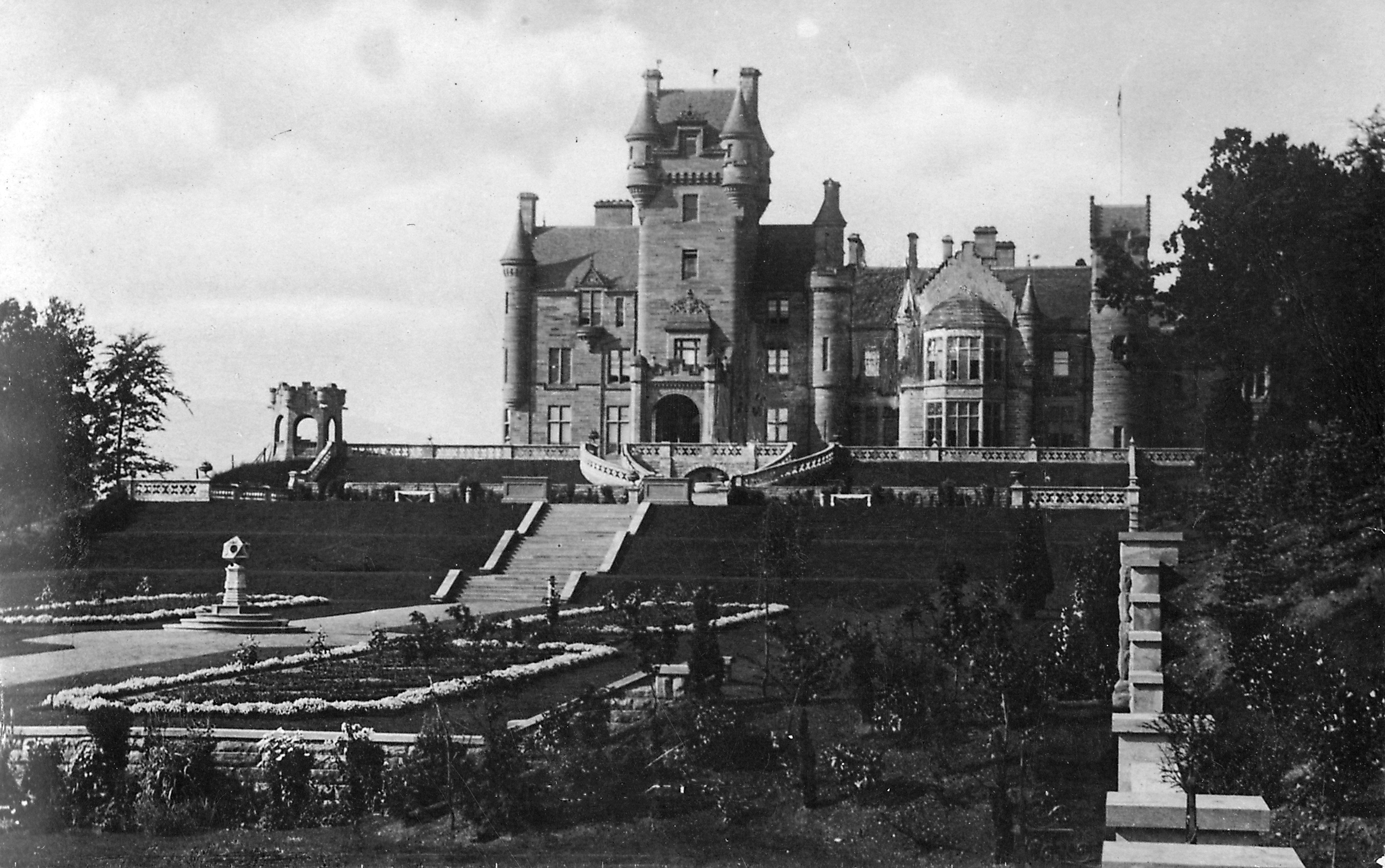 Where is 'The Traitors' filmed? Inside the Scottish castle sold via the pages of Country Life three times for an unbelievable amount
Where is 'The Traitors' filmed? Inside the Scottish castle sold via the pages of Country Life three times for an unbelievable amountMelanie Bryans delves into the Country Life archives and uncloaks the history of the turreted Highland castle made famous by the global TV franchise, 'The Traitors'.
-
 Stefan Pitman: Making great country houses cost less to heat than a suburban semi
Stefan Pitman: Making great country houses cost less to heat than a suburban semiThe trailblazing architect Stefan Pitman — founder of SPASE — joins the Country Life Podcast.